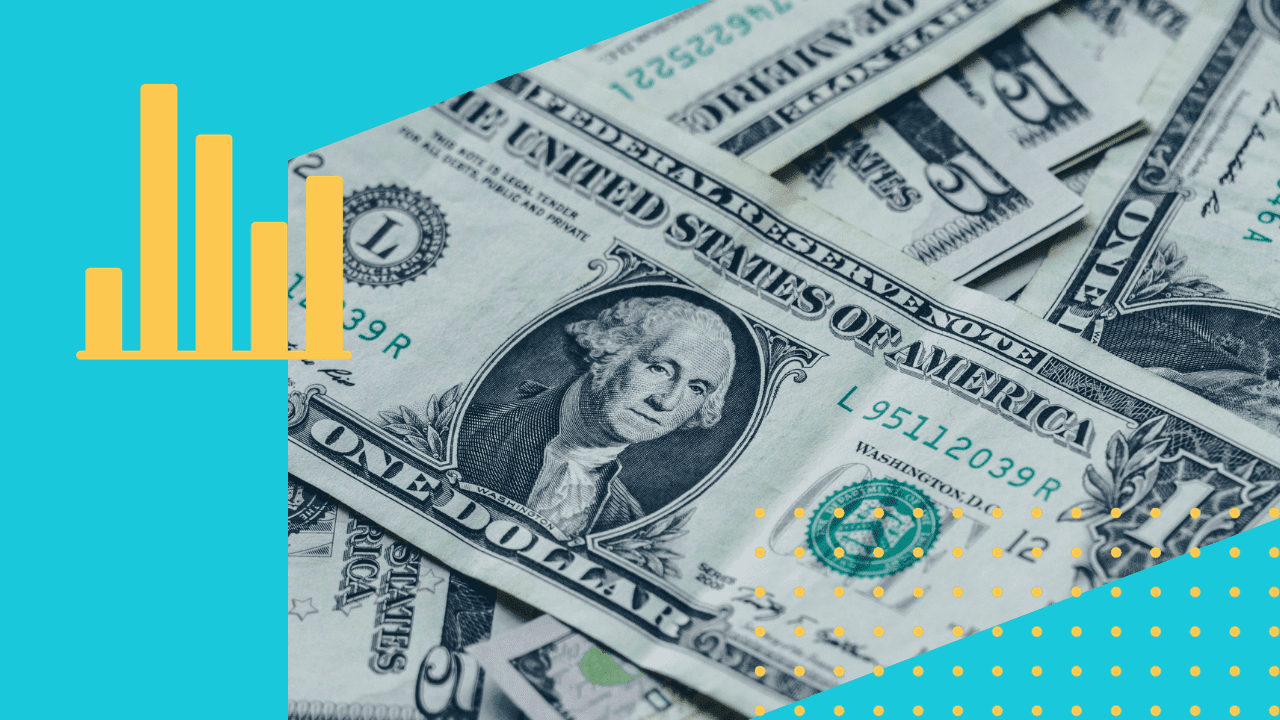
We Asked
- If the economy weakens, how will you adjust your spending on the following garden items?
Consumers Answered
Our survey reveals that gardeners are preparing to make significant adjustments to their spending if the economy worsens, but their priorities vary by category.
Perennials saw a somewhat cautious approach, with 17% indicating they would buy more and 29% saying they would buy the same amount. However, 35% of respondents indicated they would reduce or stop purchasing these items altogether, reflecting an overall moderate shift in spending.
Annuals had a similar trend: Only 16% would increase their purchases, while 38% would either reduce or stop buying annual plants. This suggests that gardeners see annuals as more discretionary than perennials.
The rest of this insight is for members only, please Sign In or Sign Up to continue.
Join Now

When it comes to edible plants, gardeners showed resilience, with 23% willing to increase spending. Edible plants may be seen as both a practical and cost-saving investment, especially in uncertain times, with 24% maintaining their current spending levels.
Soil & fertilizer purchases seem more stable, as 31% plan to maintain their spending, though 23% of respondents still intend to increase purchases, showing that some gardeners prioritize the essentials, regardless of economic conditions.
Interestingly, hard goods & tools had a more varied response, with 27% either reducing or stopping purchases. However, 18% planned to increase their spending on tools, indicating that many gardeners still view these as essential, long-term investments.
For garden structures, the shift is more cautious, with only 15% increasing spending and a significant 24% reducing or stopping purchases altogether. This indicates a tendency to delay larger, non-essential investments in a tough economy.
Lawn care saw the most drastic shift, with 25% indicating they would stop spending entirely on these services and products, while only 17% would increase their spending. This demonstrates that lawn care may be one of the first areas where gardeners cut costs.
Finally, houseplants show a mixed response, with 18% of respondents planning to increase spending, while 33% intend to reduce or stop their purchases. This suggests that while houseplants remain popular, they are more susceptible to being seen as a luxury item during economic downturns.
These results indicate that while gardeners are willing to maintain spending on key essentials like soil, fertilizer, and edible plants, more discretionary categories like houseplants and lawn care are likely to see a reduction in purchases.


